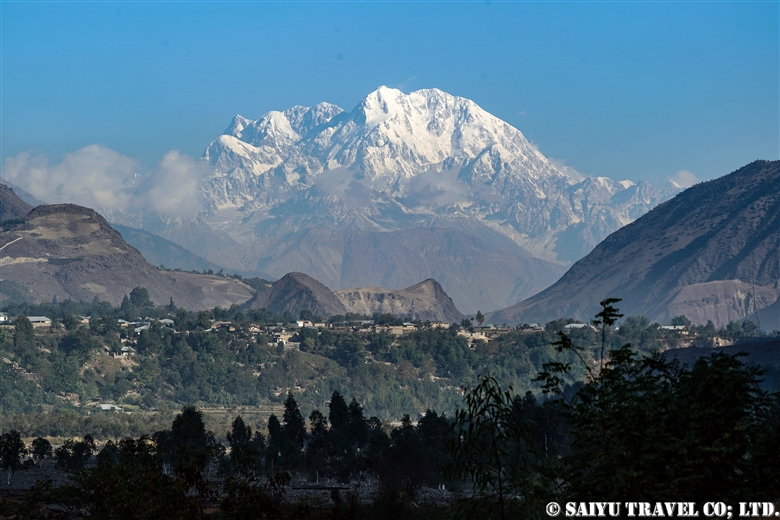During the breeding season, male Markhor, who usually are spending their time in the highlands, will come down from the mountains in search of females in heat.
Typically, we would see the males chasing the females, but I found a couple of cases where the females attacked the males. And then…another male would come over and…
We could watch the fascinating encounter of “Markhor in Love” with the staff.
恋するマーコール Markhor in love, Chitral Gol National Park|西遊旅行
Video & text : Mariko SAWADA
Observation : Dec 2020, Chitral Gol National Park, Khyber Pakhtunkhwa
Special Thanks : Wildlife Department of Khyber Pakhtunkhwa, WWF Pakistan, Tomo AKIYAMA
Category : = Video Clip KPK > ◆ Video Breathtaking Views of Pakistan > - Markhor > ◆Khyber Pakhtunkhwa > - Chitral Gol National Park > ◇ Wildlife of PakistanTag : Chitral , Indus Caravan , Chitral Gol National Park , Saiyu Travel Pakistan , Kashir Markhor , Khyber Pakhtunkhwa , Pakistan Travel company , Markhor , Pakistan tour operator , Pakistan Blog , Pakistan Photography Tour , Pakistan Travel Blog , Wildlife of Pakistan , Wildlife tour in Pakistan





































